The Next Frontier in Regenerative Medicine
As a young Marine in the Korean War, Dr. Lewis J. Obi’s eyes were opened to the human potential of man’s ability to restore what injury and disease had taken away. He saw firsthand the various trials and challenges patients are left to struggle through following injury, and he admired those who helped them persevere on the road to recovery. These experiences inspired Dr. Obi to dedicate his life to restoring the lives of others. Here began his nearly 50-year journey towards becoming an innovative, purpose-driven plastic surgeon.
Dr. Obi started his career as a pharmacist, then continued his education to become a physician and plastic surgeon. Now, into his 48th year of practice, he feels blessed to continue that educational journey into the realm of regenerative medicine.
He quickly discovered that many of the major surgical procedures physicians performed may have as many risks as benefits. This led to the evolution of the practice’s favorite dictum, do not medicate or operate—regenerate.
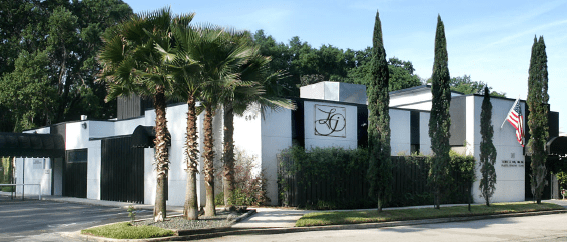
The Next Frontier
“With the birth of regenerative medicine, it now allows us as physicians the ability to provide patients with the choice of biologic solutions rather than pharmacologic or traditional surgical interventions,” Dr. Obi believes. “There is no doubt in my mind that regenerative stem cell-based therapies will become the next frontier of medicine.”
Shortly after he began practicing as a plastic surgeon, Dr. Obi realized that both reconstructive and aesthetic plastic surgery did not fall into the mainstream of medicine. After much planning, however, he was determined to construct a free-standing ambulatory surgery center. At that time, the concept of such a center was almost unheard of, according to Dr. Obi, and it became the first fully-licensed plastic surgery center in the state of Florida. For 42 years his ambulatory surgery center, the Samuel Wells Surgicenter, has been a key player on what is now the Memorial Hospital, Brooks Rehabilitation and Obi Plastic Surgery Clinic campus.
After 35 years of success working with adipose-derived (body fat) stem cells, Dr. Obi established the Pangenics Regenerative Center, providing regulated quality care in adult stem cell regenerative medicine. The Pangenics team has brought together a group of physicians and surgical staff with diverse talents and expertise—all with the patient’s well being as their primary goal. This complex team provides years of knowledge, experience and, most importantly, dedication. The Pangenics team is comprised of three board-certified specialists: Dr. Obi, Dr. David Heekin, and Dr. Kenneth Eaddy. Each member excels in their respective specialties, which includes plastic and reconstructive surgery, ortho-pedic surgery, pain management, spine specialists, urology and internal medicine.
A Moment of Understanding
Along the way, Dr. Lewis Obi recalls the one experience with a patient that opened his eyes to the potential healing power of human body fat. In the early nineties, a 40-year-old woman, who had just experienced a severe auto accident, was referred to him for fat grafting.
“Her right arm was almost completely stripped of soft tissue and she had damage to all three major nerves of the arm,” recalls Dr. Obi. “This left her with what may be described as a claw-like, useless and painful upper extremity.”
The referring hand surgeon had hopes that Dr. Obi could use autologous fat to insulate the bones and nerves in an effort to reduce her severe phantom pain syndrome. Other surgeons had considered and recommended amputation because her arm was rendered useless and the source of severe pain. 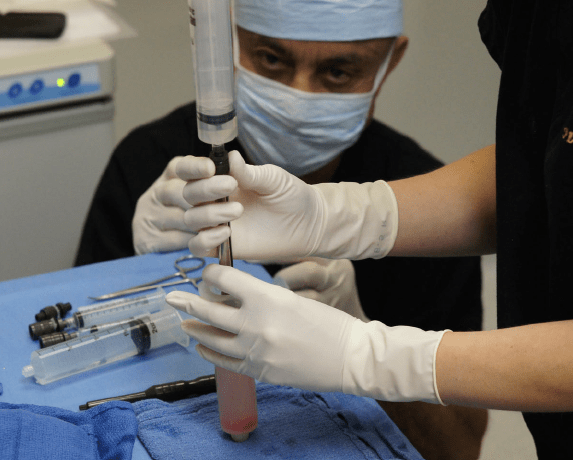

However, within a matter of months, after a series of fat grafting procedures, the patient not only experience a dramatic decrease in pain, but she began to regain feeling and movement in her hand. Remarkably, within a year she was able to use her arm, pronate and supinate her hand as well as move her fingers.
These results he now recognizes are known to be secondary to the high stem cell content of adult fat. Dr. Obi believes that during the early use of body fat in medicine, clinicians did not clearly under-stand fat to be such a viable and readily available source of stem cells, or that the rich supply of stem cells in fat contains cellular components that stimulates regeneration.
The Proof is in the Practice
After the advent of liposuction in the mid-seventies, plastic surgeons sought ways to use the suctioned fat that is normally discarded after the procedure. As a reconstructive, hand and aesthetic surgeon, Dr. Lewis Obi began using fat as a graft due to its effective structural qualities, but at that time he did not fully understand its cellular components. Physicians now know that fat contains up to 3,000 times more stem cells than bone marrow—and with much higher viability. Fat is easy to harvest and capable of producing up to 50 million viable stem cells from a two-ounce sample.
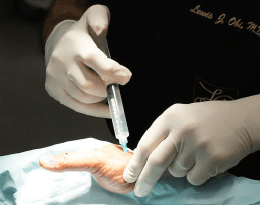
“I have used specialized fat grafting techniques for almost 40 years in both my reconstructive and cosmetic practices,” explains Dr. Obi. “I believe I have perhaps completed more of these procedures than any other doctor in my specialty and am honored to be regarded as one of the leading authorities in the field. In fact, several years ago I contributed a chapter in the first book ever published on the use of stem cells in aesthetic medicine, Stem Cells in Aesthetic Procedures, by Springer publishers.
”Last year, Dr. Obi teamed up with Pangenics team member, Dr. David Heekin, to treat a 73-year-old woman, disabled with arthritis of both knees. Simultaneously, a laser body sculpting procedure was performed and the fat was processed to perform a non-surgical facelift. Twenty million viable stem cells were then delivered directly to both knees as well as intravenously. Platelet Rich Plasma (PRP) was then added to the knees and face, enhancing results and reducing bruising following the procedure. The patient was ambulatory and presentable the next day. The majority of these patients return to most of their regular activities within a week.
“Again, the dictum ‘do not operate, but regenerate’ is very appealing to the patient,” Dr. Obi reiterates. “The combination of laser neck and body tightening plus specialized large volume fat grafting to the face was coined by my practice as the OPERA Lift (ObiPalomarReguvena-tionAesthetics) almost ten years ago.” Palomar Medical Technology—out of Boston—introduced Dr. Obi to their SlimLipo platform for body sculpting and also to his Asian stem cell plastic surgery colleagues in South Korea and Japan. They continue to be in the forefront of stem cell therapy for regenerative medicine because of the favorable regulatory governmental agencies in those countries.
“At Pangenics, we have integrated much of their methods and technology into my clinic,” says Dr. Obi. “For ten years I have maintained an affiliation and partnership with many of the South Korean plastic surgeons, scientists and corporations.”
Pangenics: Pushing the Known Limits
During a Pangenics Symposium workshop in February 2017, Dr. Lewis Obi was able to successfully bioprint a nose from adipose derived stem cells, biologic scaffolds, living inks and an affordable 3D Bioprinter. “Vast numbers of expanded stem cells and automated cell stations facilitate these endeavors,” says Dr. Obi. “We acquired the first automated device produced by BSL out of South Korea in December of 2017. By July 2018, we independently developed an ap-proved Advarra IRB through our research lab and staff.”
According to Dr. Obi, this device can produce up to 50 million stem cells from two ounces of fat in three steps, rather than the 36 steps tradi-tionally required.“All of our specialized devices and systems have been privately purchased from the income derived from my elective aesthetic practice,” Dr. Obi continues. “Most of these procedures are not covered by insurance and the majority of patients can not afford to pay the actual total cost of these procedures. However, the greatest reward to our team is the gratitude of our patients.”
As recent as last month, Dr. Obi experienced a breakthrough moment. Utilizing a combination of 3D imaging and bioprinting, the potential for bio-printed autologous tissues from adult fat became apparent to him when a patient who had lost 90 percent of her nose to cancer visited his practice. After more than 20 failed traditional surgeries over the course of 15 years, she became aware of Dr. Obi’s Jacksonville-based regener-ative, reconstructive practice. After one major surgery, Dr. Obi was successful in significantly improving her appearance by providing her with a new nose.
These types of satisfying patient out-comes provide Dr. Obi with the motiva-tion to continue working far beyond the retirement age of most of his colleagues.
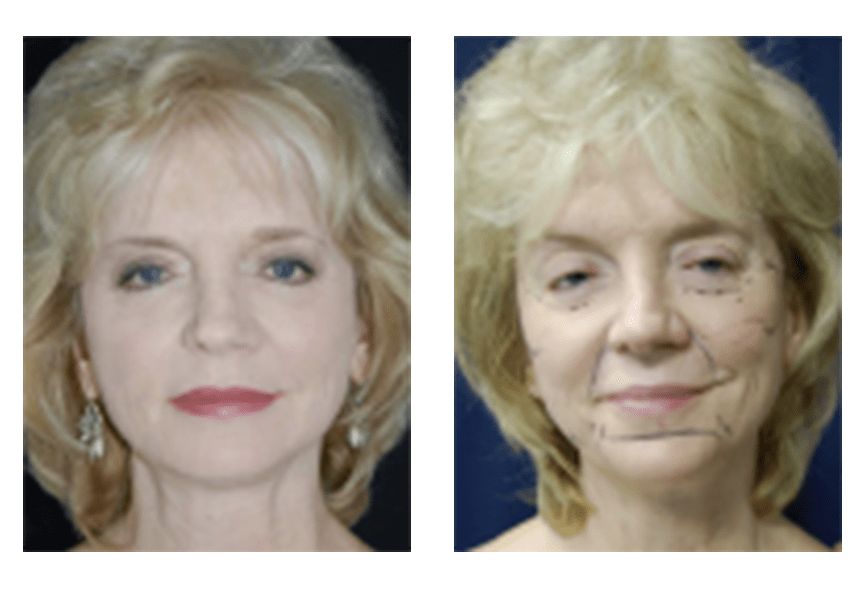
Safety is the Top Priority
It is not unusual to perform multiple procedures utilizing multiple technologies safely during the course of one operative procedure and anesthetic at his center.
With both state and federal licensure of Dr. Lewis Obi’s surgery center, strict oversight of treatments and procedures are maintained. In addition, Pangenics patients are monitored for safety and efficacy with three separate Institutional Review Boards (IRB). Adherence to a national, international and most recently their in-house Advarra IRB maintains high standards of safety.
“My center is perhaps the only regenerative, plastic surgery center in the country that is insured by a major professional liability insurance company,” says Dr. Obi. “I am thankful to my staff, many of whom have been with me for three or four decades, for continuing on this journey. Our RN Risk Manager Faye Evans has maintained surveillance and oversight of our center for 33 years. Sev-eral other staff members, including Carole Tindell, Casey Webb Yeomans, Karen Webb and Sylva Fowler each have been on my staff for three or four decades. Stem cells apparently do work.”
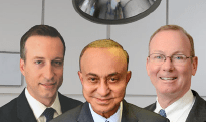



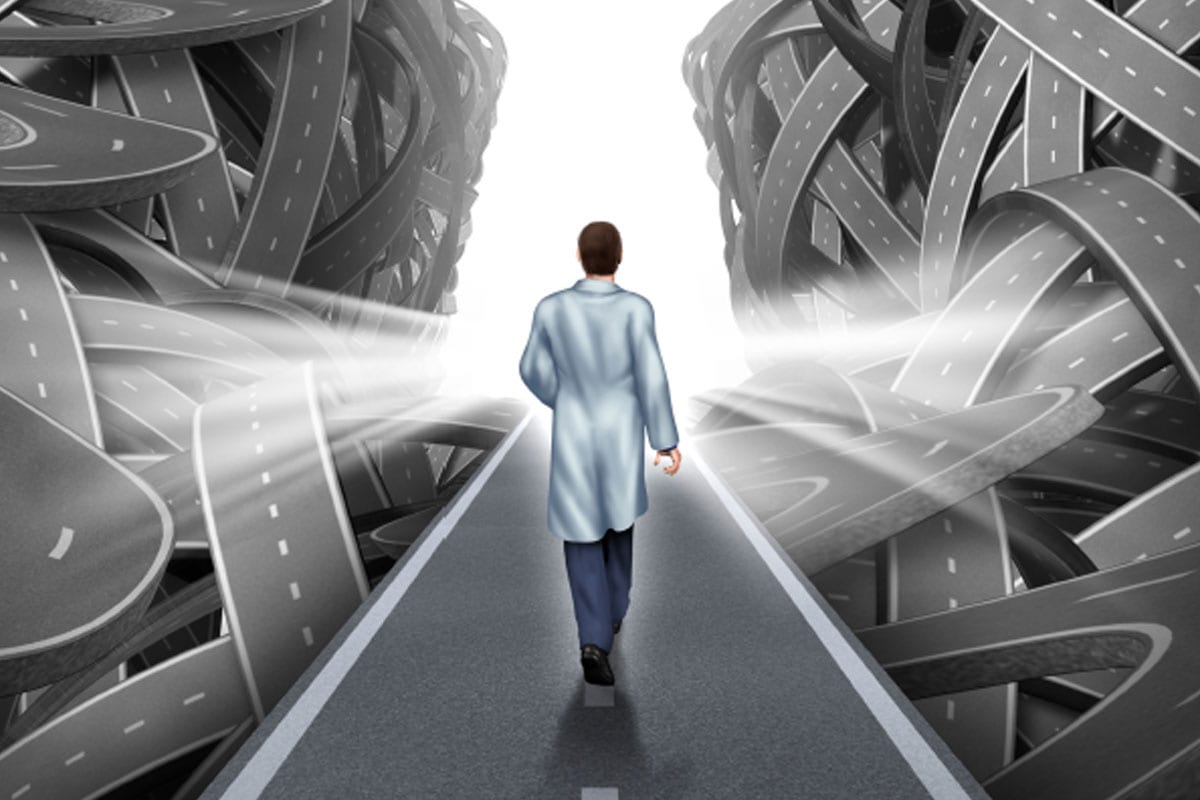
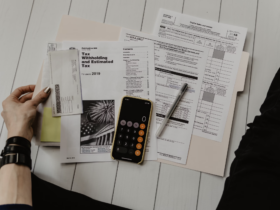
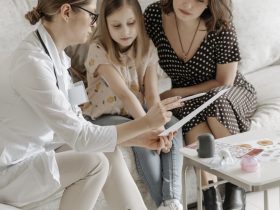
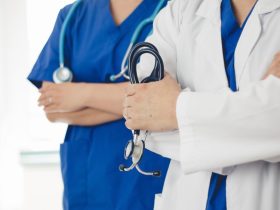




Leave a Reply